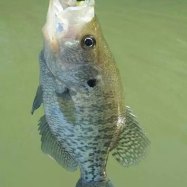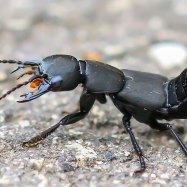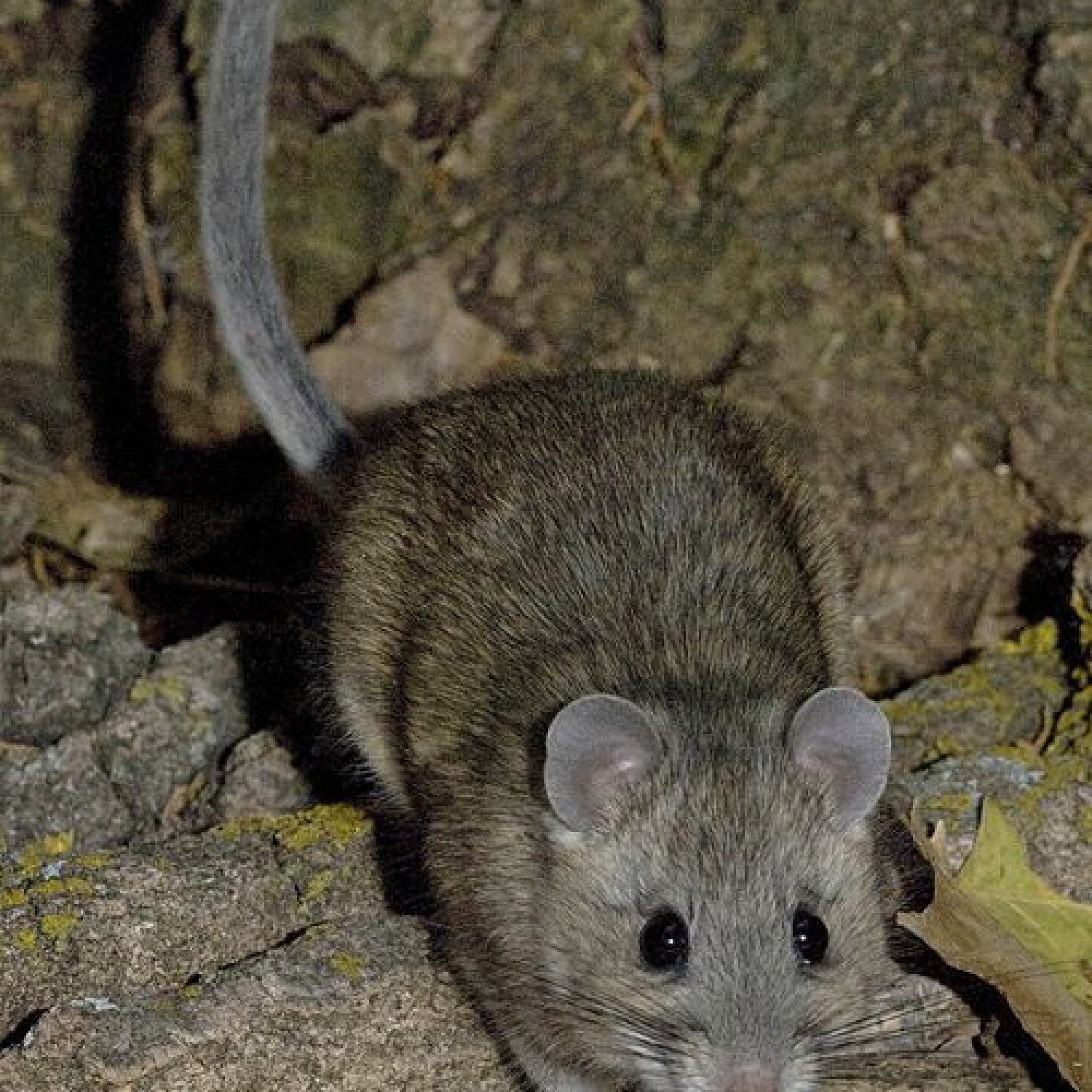
Eastern Woodrat
12-15 inches
The Eastern Woodrat, also known as the Pack Rat, can reach a length of 12-15 inches and can be found in the Eastern United States. It belongs to the Cricetidae family and has a medium-sized, robust body. These intelligent creatures are excellent builders, creating complex nests made of sticks, leaves, and other materials.
Animal Details Summary:
Common Name: Eastern Woodrat
Kingdom: Animalia
Habitat: Woodlands and forests
The Fascinating World of Eastern Woodrats: Discovering the Enigmatic Creatures of the Eastern United States
The eastern woodrat, scientifically known as Neotoma floridana, is a mesmerizing creature that inhabits the woodlands and forests of the eastern United States. Despite its common name, the eastern woodrat is not actually a rat but rather a species of rodent belonging to the Cricetidae family. Its scientific name, Neotoma floridana, is derived from the Greek words "neos" which means new and "temno" which means to cut, referring to the woodrat's habit of gnawing on young tree branches.However, don't let its rodent classification fool you – the eastern woodrat is a unique and fascinating animal with remarkable characteristics that deserve to be explored Eastern Woodrat. In this article, we'll delve into the intriguing world of eastern woodrats and discover what makes them one of the most intriguing animals of the eastern United States.
The Physical Characteristics of Eastern Woodrats
The eastern woodrat is a medium-sized rodent with a robust body, measuring around 12-15 inches in length. It has a round head, small ears, and large dark-colored eyes. Its body is covered with thick, soft grayish-brown fur, giving it a stout and attractive appearance.The fur of the eastern woodrat is not only for aesthetic purposes but also serves as protection against predators. It helps them camouflage in their natural habitat, making it difficult for predators to spot them. Furthermore, the fur has a unique oily texture that protects the woodrat from moisture, making it easier for them to survive in the damp environments of woodlands and forests.
The Habitat and Distribution of Eastern Woodrats
Eastern woodrats are primarily found in the eastern United States, from the Great Plains to the Atlantic Coast. They are commonly seen in woodlands, forests, and grasslands, but they can also be found in urban areas and suburban neighborhoods with dense vegetation Eurasian Jay.These creatures are highly adaptable and can survive in a variety of habitats, including rocky areas, abandoned buildings, and tunnels dug underground. They are most active during the night, venturing out of their nests in search of food.
The Diet of Eastern Woodrats
Eastern woodrats are omnivorous, meaning they feed on both plant and animal matter. Their diet mainly consists of fruits, seeds, and nuts, which they gather during the night and store in their nests for later consumption. They also feed on insects, snails, and small reptiles, making them an essential part of the ecosystem, controlling the population of these creatures.Their sharp teeth and strong jaws allow them to break open tough nut shells, making them valuable seed dispersers in their habitat. Interestingly, eastern woodrats have a habit of storing "emergency caches" of food in several locations within their territories, ensuring a constant food supply during harsh weather conditions.
The Social Behavior and Reproduction of Eastern Woodrats
Eastern woodrats, also known as packrats or trade rats, are highly social creatures that live in large colonies. They are communal animals, meaning they live in groups of unrelated individuals that work together to build and maintain their nests.Their nests, also known as "middens," are composed of sticks, logs, rocks, and human-made items, such as paper and plastic. These middens can grow up to several feet in height and provide shelter for the entire colony, including multiple generations of woodrats.
Eastern woodrats are also monogamous animals, meaning they mate for life. Their mating season takes place between March and July, with females giving birth to 1-6 offspring after a gestation period of around 35 days. The young woodrats are born blind and hairless, and they rely on their mothers for protection and nourishment.
The Importance of Eastern Woodrats in the Ecosystem
Eastern woodrats are essential members of the ecosystem, playing vital roles in their habitats. As mentioned earlier, their diet includes various plants and animals, making them crucial in controlling the population of certain plants and animals. They also act as seed dispersers, helping to maintain the diversity of plants in their environment.Furthermore, their extensive nest-building activity has a positive impact on the soil. The middens they create increase soil fertility, and the materials used in their nests can even absorb toxic metals from the soil, helping to clean up the environment.
The Threats Facing Eastern Woodrats
Like many other species, the eastern woodrat also faces threats to its survival, primarily due to human activities. Loss of habitat is one of the biggest threats to these creatures. With the expansion of human settlements and the destruction of natural habitats, woodrats are forced to compete for resources, making it difficult for them to survive.The use of pesticides in urban and suburban areas is also a significant threat to eastern woodrats. These chemicals can contaminate their food sources and cause health issues, leading to a decline in their population.
Furthermore, eastern woodrats are sometimes mistakenly considered pests and are killed by humans through direct killing or the use of poisons. This has a significant impact on their population as they cannot reproduce quickly, making it difficult for them to recover from these losses.
Conservation Efforts for Eastern Woodrats
Due to their declining population, eastern woodrats are listed as a Species of Concern by the United States Fish and Wildlife Service. This means that although they are not currently classified as endangered, they are at risk of becoming endangered in the future if conservation measures are not taken.Several efforts are being made to protect eastern woodrats, including habitat conservation, captive breeding programs, and public education. The conservation of their natural habitats is essential to ensure their survival, and efforts are being made to educate the public about the importance of these creatures in the ecosystem.
The Mysteries of Eastern Woodrats
Apart from their fascinating physical and behavioral characteristics, eastern woodrats also have a mysterious side to them. One of the most interesting aspects of their behavior is their habit of "trading" objects with each other.Woodrats have been observed exchanging sticks, leaves, and even shells with other woodrats in their colony. This behavior is believed to have evolved as a form of social bonding between individuals. Scientists are still trying to unravel the secrets behind this intriguing behavior and understand its purpose in their social structure.
Another mystery surrounding eastern woodrats is their ability to withstand diseases that are fatal to other rodents. This is due to a specific gene that provides them with immunity against certain illnesses. Scientists are studying this gene and hoping to learn more about its potential uses in the medical field.
Exploring the Enigmatic Eastern Woodrats
The eastern woodrat, with its unique characteristics and mysterious behavior, is undoubtedly a fascinating creature that deserves our attention and protection. As we continue to learn more about these enigmatic animals, we gain a deeper understanding of the complexities of nature and the crucial role that each species plays in maintaining the delicate balance of our ecosystem.It is our responsibility to ensure that eastern woodrats, and all other species, are protected and allowed to thrive in their natural habitats. By doing so, we not only safeguard the survival of these creatures, but we also contribute to the well-being of our planet as a whole. The eastern woodrat may be a small animal, but its impact on the environment is significant – and that's something we should all celebrate.

Eastern Woodrat
Animal Details Eastern Woodrat - Scientific Name: Neotoma floridana
- Category: Animals E
- Scientific Name: Neotoma floridana
- Common Name: Eastern Woodrat
- Kingdom: Animalia
- Phylum: Chordata
- Class: Mammalia
- Order: Rodentia
- Family: Cricetidae
- Habitat: Woodlands and forests
- Feeding Method: Omnivorous
- Geographical Distribution: Eastern United States
- Country of Origin: United States
- Location: Eastern United States
- Animal Coloration: Grayish-brown
- Body Shape: Medium-sized with a robust body
- Length: 12-15 inches
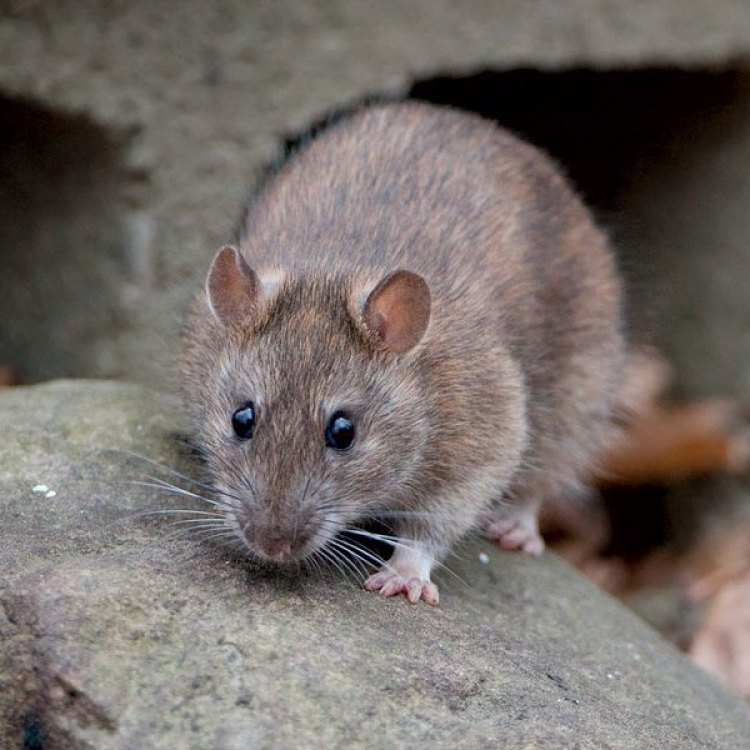
Eastern Woodrat
- Adult Size: 8-12 inches
- Average Lifespan: 2-3 years
- Reproduction: Sexual
- Reproductive Behavior: Polygamous
- Sound or Call: Various vocalizations including squeaks and chatters
- Migration Pattern: Non-migratory
- Social Groups: Solitary
- Behavior: Nocturnal and secretive
- Threats: Habitat loss and fragmentation, predation by snakes, owls, and mammals
- Conservation Status: Least Concern
- Impact on Ecosystem: Seed dispersal and creation of nests
- Human Use: None
- Distinctive Features: Large, stick-built nests
- Interesting Facts: Eastern woodrats are known for their intricate nests made of sticks
- Predator: Snakes, owls, and mammals
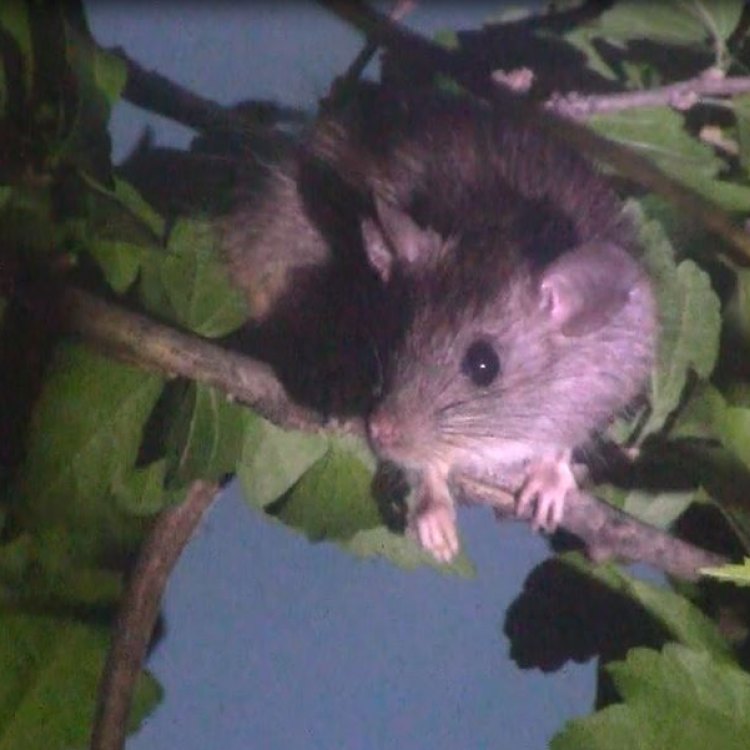
Neotoma floridana
The Eastern Woodrat: A Mysterious and Resourceful Rodent
Amidst the vast and diverse animal kingdom, there are some creatures that often go unnoticed or overlooked. One such creature is the Eastern Woodrat, a unique and fascinating species native to North America. With its distinct features and behavior, the Eastern Woodrat is a species worth exploring and learning about. In this article, we will delve into the world of the Eastern Woodrat, uncovering its secrets, and understanding its significance in the ecosystem PeaceOfAnimals.Com.The Eastern Woodrat (Neotoma floridana) is a medium-sized rodent, measuring about 8-12 inches in length when fully grown. They can be found across the eastern United States, from southern Ontario to Florida and west to Texas. Despite their relatively large size, these creatures are incredibly elusive due to their nocturnal and solitary nature. They are generally found in wooded areas with a dense understory, but they can also be found in abandoned buildings and barns.
One of the most intriguing aspects of the Eastern Woodrat is its average lifespan, which ranges from 2-3 years in the wild. However, some captive individuals have been known to live up to 8 years. This short lifespan can be attributed to the numerous threats that these creatures face in their habitat. Habitat loss and fragmentation pose a significant threat to their survival, as it limits their ability to find food and shelter. Additionally, they are also vulnerable to predation by snakes, owls, and mammals Eurasian Collared Dove.
In terms of reproductive behavior, Eastern Woodrats are sexual and polygamous. This means that they have multiple sexual partners throughout their lifetime. Breeding takes place between February and September, with a peak in the spring and early summer. After a gestation period of 35 days, the female gives birth to a litter of 2-5 offspring, known as "kittens." The kittens are born hairless and blind but develop quickly and are weaned by 5 weeks of age. Interestingly, females can produce up to three litters per year.
Eastern Woodrats are known for their various vocalizations, including squeaks, chatters, and low barks. These sounds are primarily used for communication within their social groups. Despite being solitary creatures, they do have interactions with other individuals during the breeding season. However, once the breeding season is over, they go back to their solitary lifestyle.
Unlike many other rodents, Eastern Woodrats are not migratory animals. They are non-migratory, meaning that they do not travel long distances in search of food or shelter. Instead, they remain in their territory, which can range from 0.5 to 5.0 hectares. They are territorial and will defend their space from other Woodrats.
The behavior of Eastern Woodrats is unique and complex, making them a challenge to study. They are nocturnal and secretive, spending most of their active hours at night, foraging and building their intricate nests. These creatures are also known for their exceptional climbing skills, using their sharp claws and strong hind legs to ascend trees and vegetation.
One of the most distinctive features of the Eastern Woodrat is their large, stick-built nests, also known as "middens." These nests are intricately constructed using sticks, leaves, and other materials found in their surroundings. They have multiple chambers and can reach impressive heights of up to 7 feet. These nests serve not only as shelter for the Woodrats but also have a crucial role in the ecosystem.
Eastern Woodrats play a significant role in the ecosystem as seed dispersers and nest creators. As they forage for food, they often collect and carry seeds back to their nests. Some of these seeds may sprout and grow in their nests, contributing to the regeneration of the forest floor. Additionally, these nests are also used by other animals, such as birds, as a source of shelter and nesting material.
In terms of human use, Eastern Woodrats have no direct relationship with humans. They are not used for food, clothing, or any other commercial purpose. However, their presence in the environment has a significant impact on the overall health and balance of the ecosystem.
Despite their essential role in the environment and their intriguing behavior, the Eastern Woodrat does not receive as much attention as other species. This could be due to the lack of human interaction with these creatures, as well as their low visibility. However, conservation efforts are in place to protect the Eastern Woodrat and its habitat. According to the International Union for Conservation of Nature (IUCN), the Eastern Woodrat is classified as "Least Concern," which means that it is not currently under threat of extinction. However, it is crucial to continue monitoring their populations and ensuring the preservation of their habitat to maintain a healthy ecosystem.
In conclusion, the Eastern Woodrat is a mysterious and resourceful species that has adapted well to its environment. With their large size, intricate nests, and unique behavior, they are truly a one-of-a-kind rodent. They play a significant role in the ecosystem, and their presence is vital for the health and balance of the natural world. As we continue to learn more about these elusive creatures, it is essential to appreciate and protect them for generations to come.
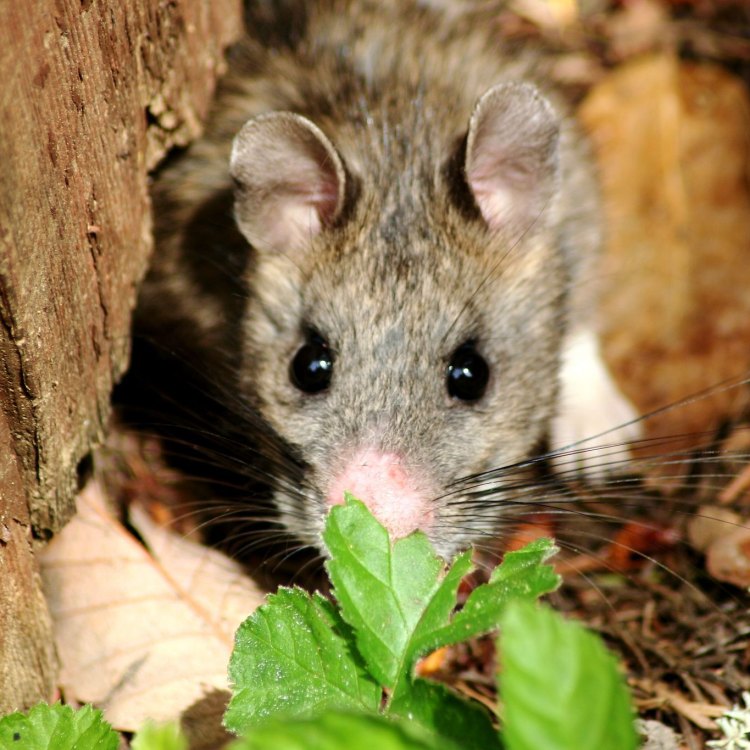
The Fascinating World of Eastern Woodrats: Discovering the Enigmatic Creatures of the Eastern United States
Disclaimer: The content provided is for informational purposes only. We cannot guarantee the accuracy of the information on this page 100%. All information provided here may change without prior notice.



